A Complete Analysis of “Farmer’s Wife” by Constant Permeke
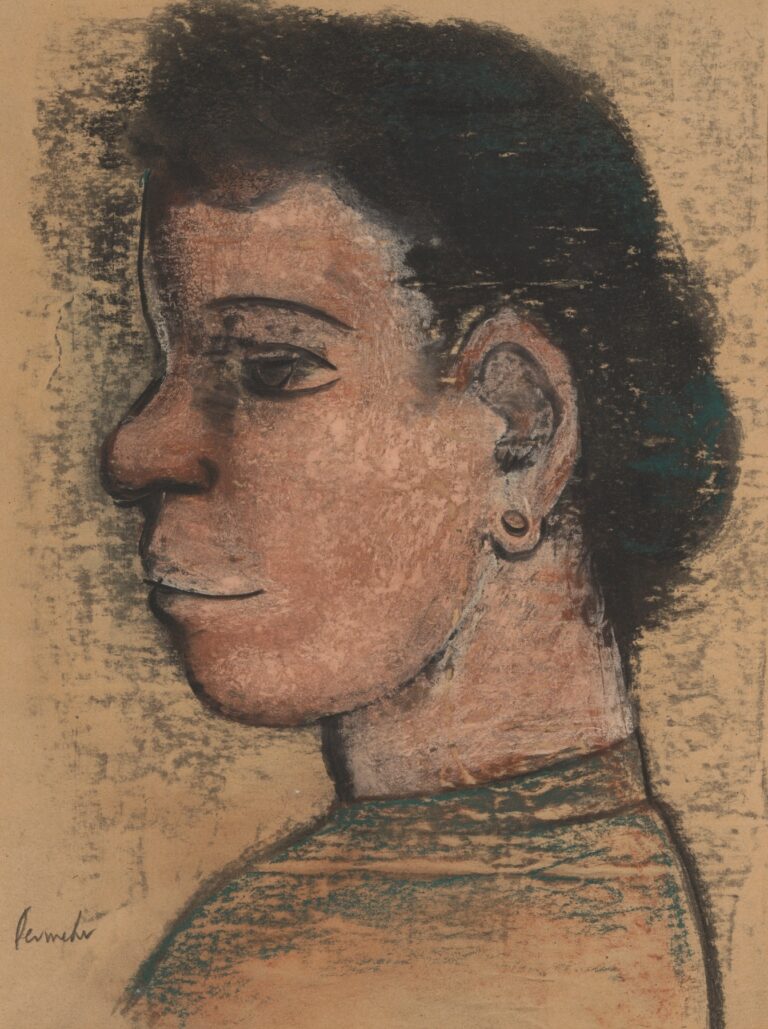
Discover the earthy palette, sculptural modeling, and quiet strength of Constant Permeke’s Farmer’s Wife (1935), a timeless tribute to the resilience and dignity of rural women.

Discover the earthy palette, sculptural modeling, and quiet strength of Constant Permeke’s Farmer’s Wife (1935), a timeless tribute to the resilience and dignity of rural women.
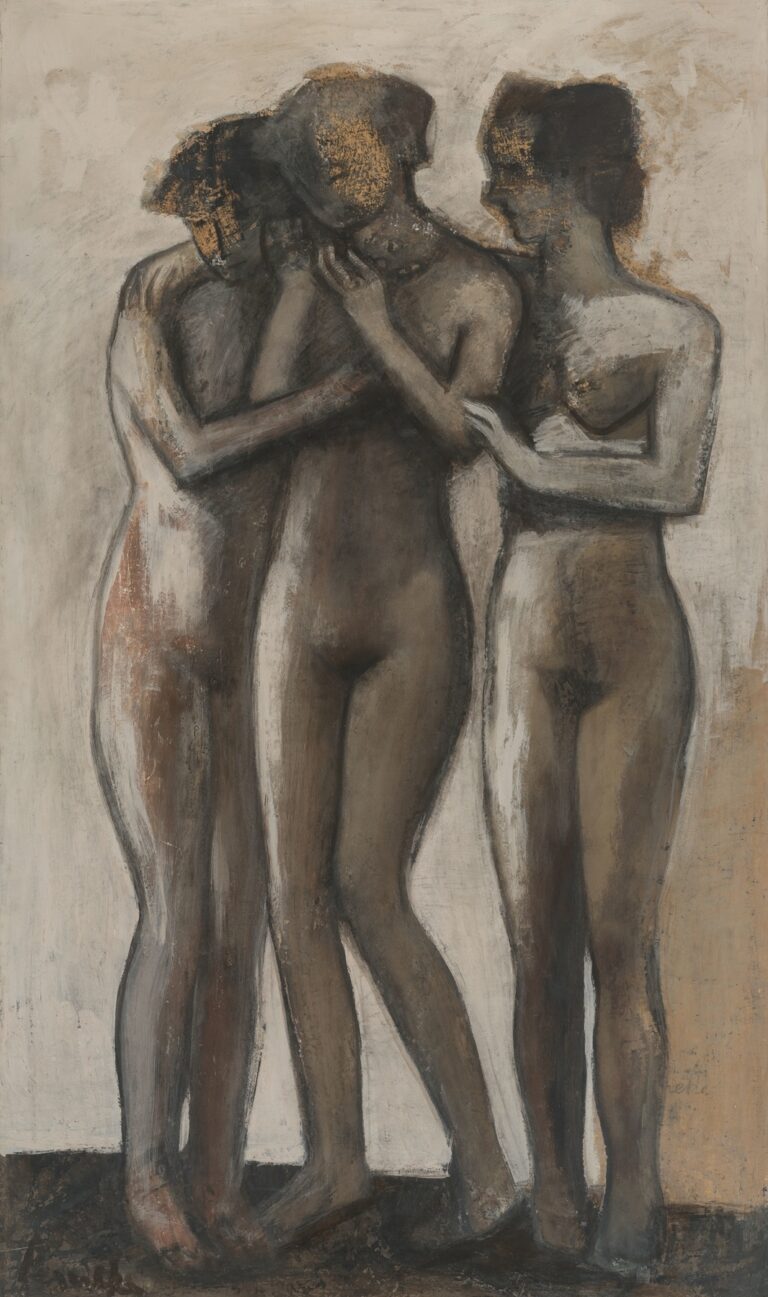
Delve into the depths of Constant Permeke’s The Three Graces (1949) with an expansive analysis covering its classical reinterpretation, earthbound palette, sculptural figuration, and profound symbolism of communal resilience.
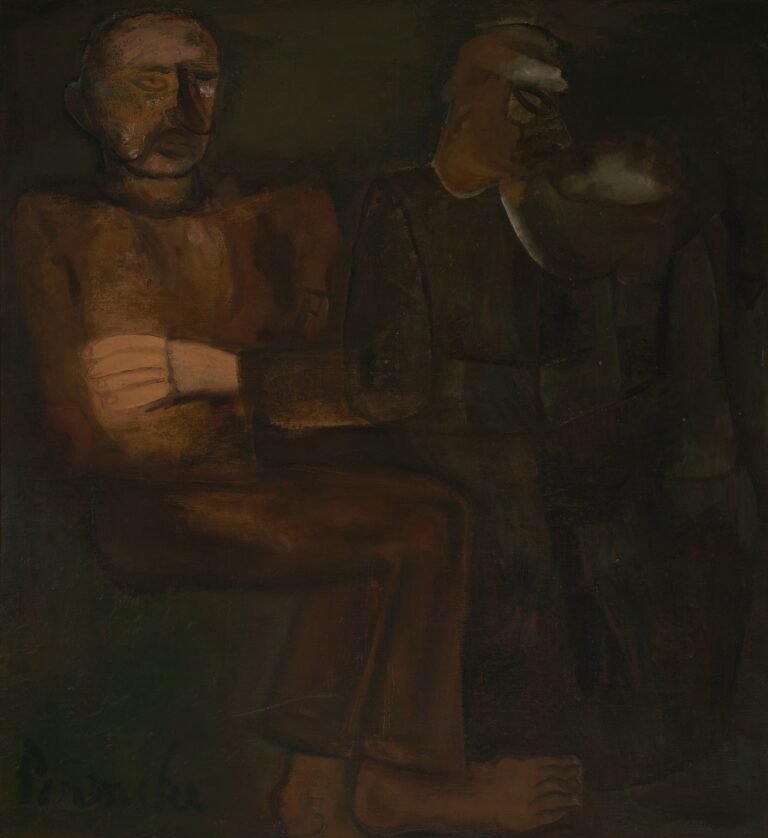
Explore Constant Permeke’s 1928 masterpiece Farmer and Farmer’s Wife: an in-depth analysis of its compositional structure, earthy palette, expressive brushwork, and powerful portrayal of rural resilience.
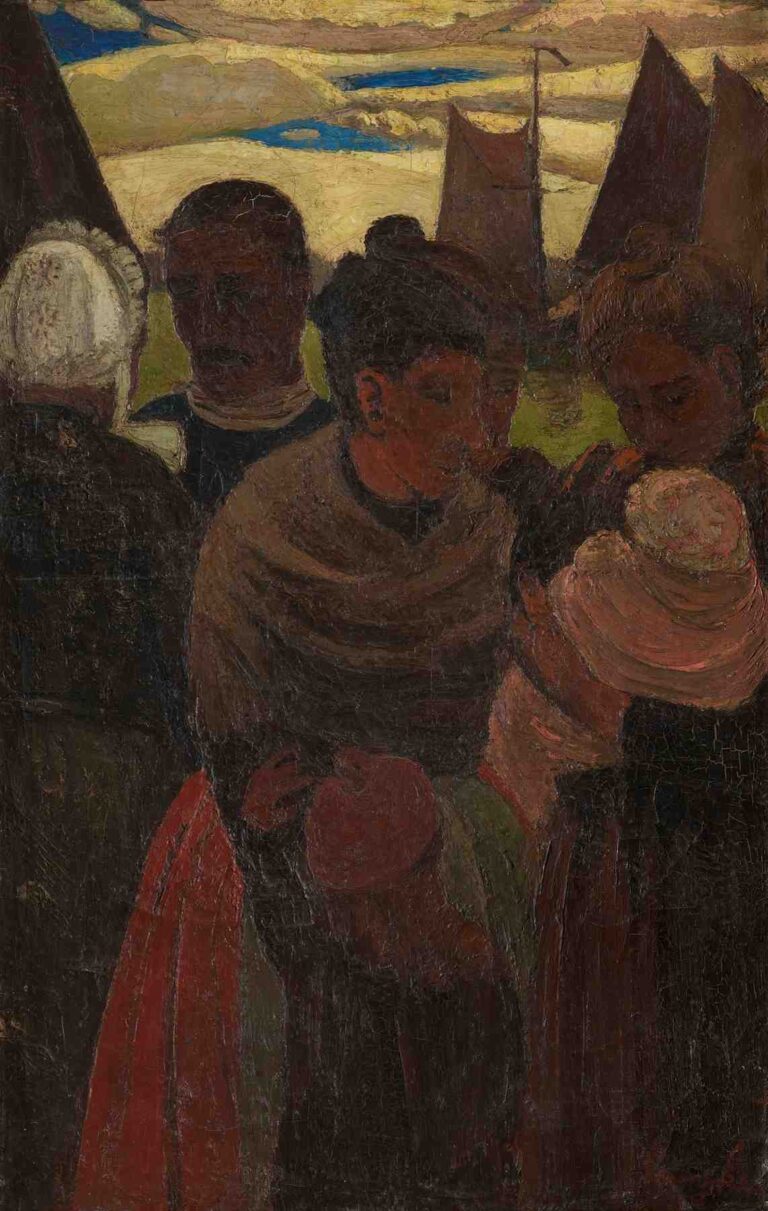
Discover Constant Permeke’s 1913 On the Quay—an in-depth exploration of its composition, earthy palette, expressive brushwork, and how this Flemish Expressionist elevates a Breton harbor scene into an allegory of communal resilience.
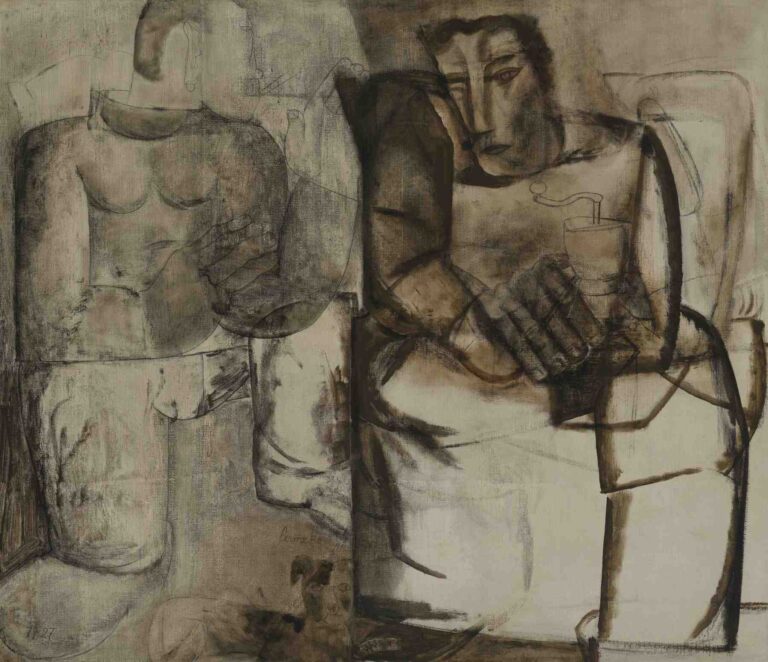
Explore Constant Permeke’s 1927 Vespers: an in-depth look at its composition, muted palette, textured brushwork, and how the painting transforms evening prayer into an Expressionist meditation on faith.
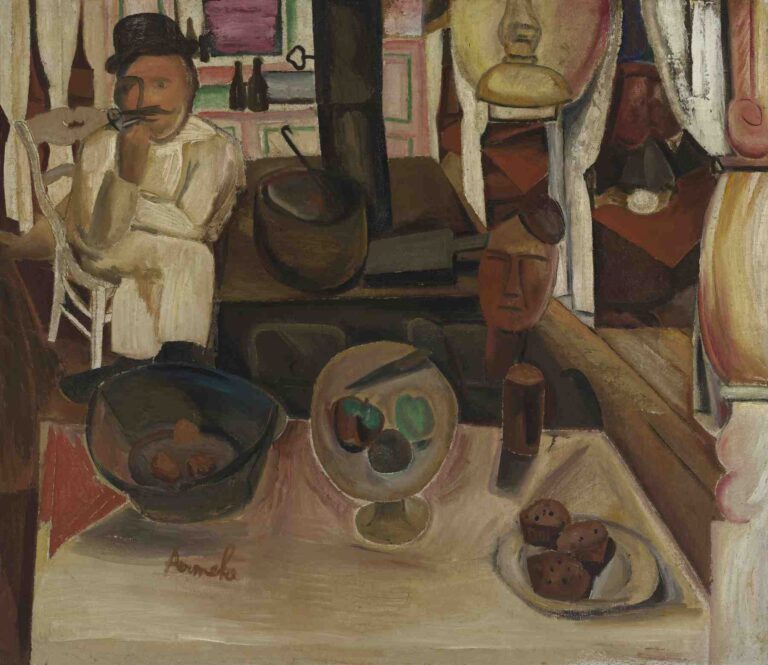
Dive into Constant Permeke’s c.1922 Pastry Stall: discover its composition, muted earth-tone palette, expressive brushwork, and how the Belgian Expressionist transforms a humble market scene into a rich meditation on community ritual.
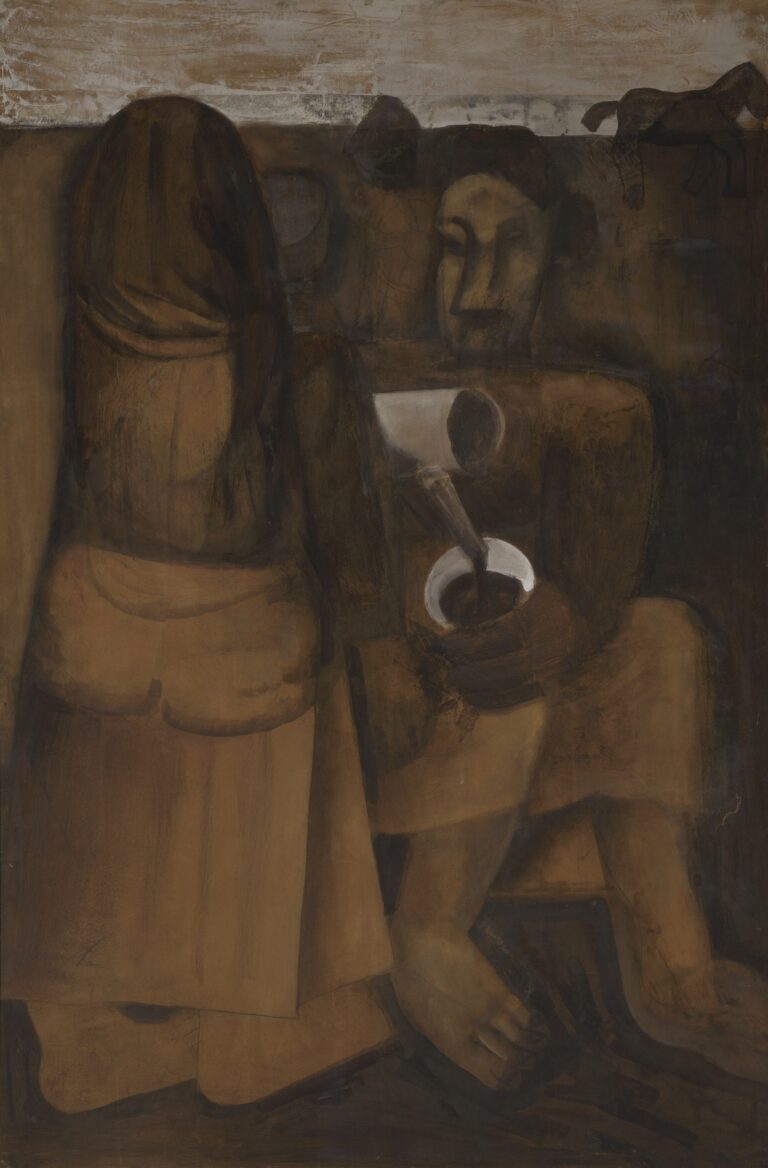
Explore Constant Permeke’s 1927 Coffee Drinkers: an in-depth analysis of composition, palette, brushwork, and how this Flemish Expressionist captures communal ritual and resilience.
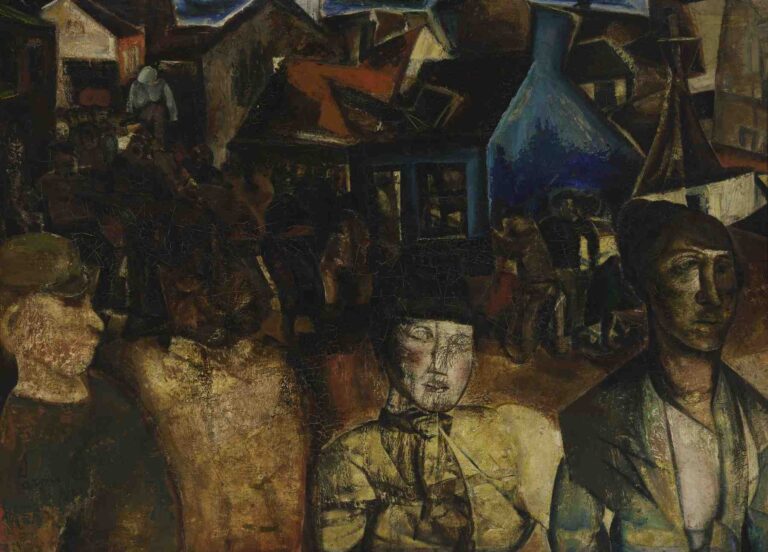
Delve into Constant Permeke’s 1921 Fair: an in‐depth exploration of its composition, earthy palette, expressionist brushwork, and how the Belgian master reveals communal ritual and individual introspection at a village fête.
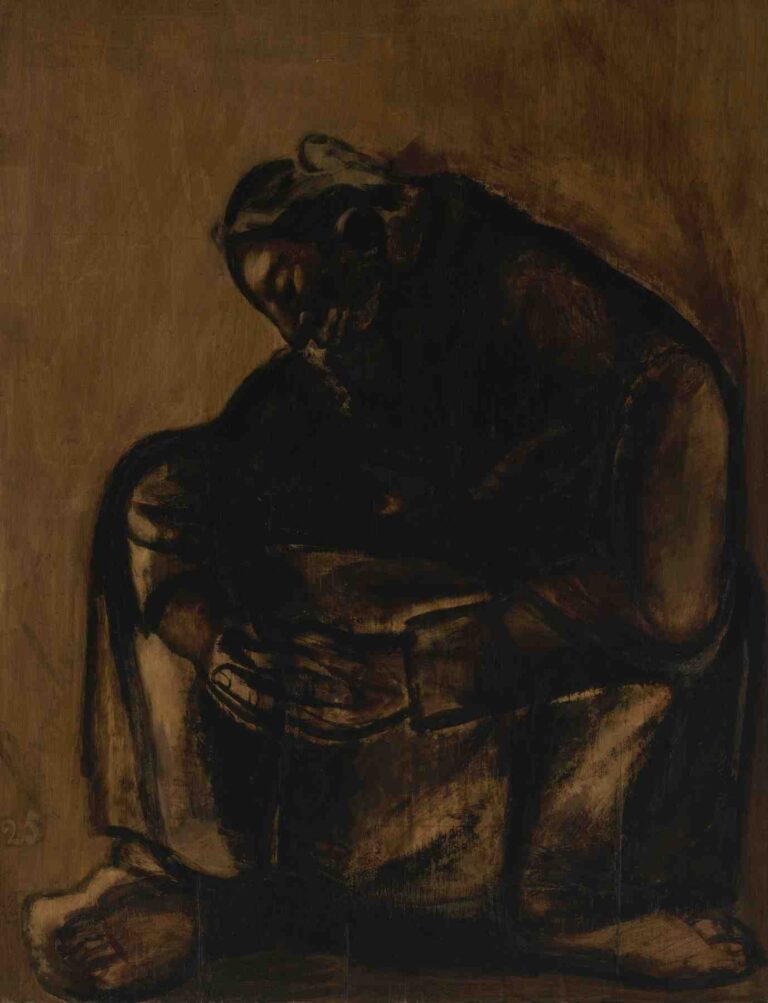
Explore Constant Permeke’s 1925 Woman at Prayers: an in-depth look at its composition, expressive brushwork, earthy palette, and the Flemish Expressionist’s portrayal of rural devotion and resilience.
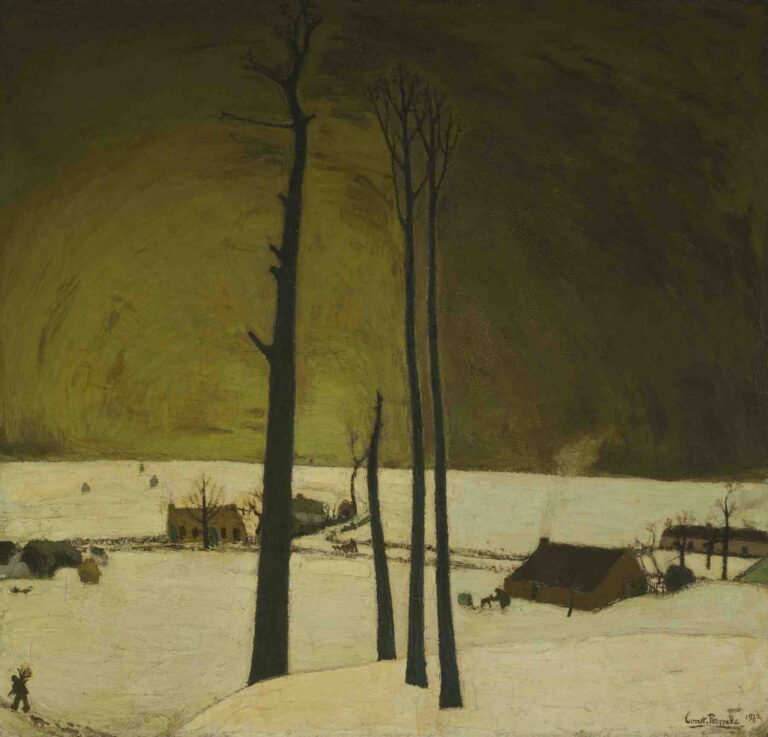
Dive into Constant Permeke’s 1912 Winter Landscape: explore its Composition, Expressionist brushwork, muted palette, and how the Belgian master conveys resilience and mood in a snowbound village scene.
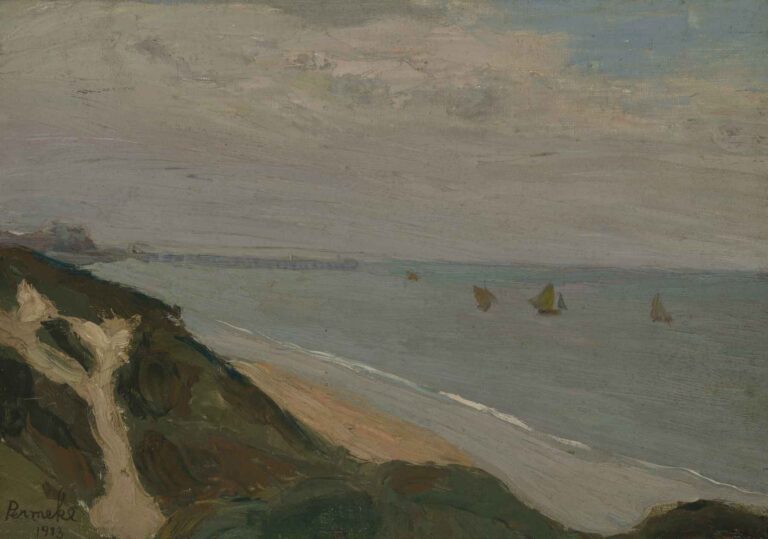
Explore Constant Permeke’s 1913 Seascape: an in‐depth look at its composition, expressive brushwork, somber palette, and the Belgian Expressionist’s emotional vision of the North Sea coast.
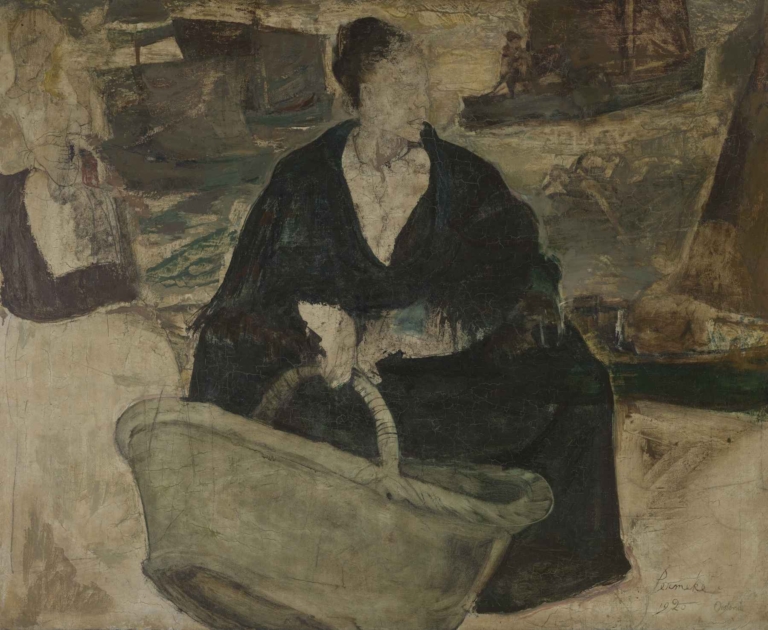
Discover the raw emotional depth and expressive power of Constant Permeke’s Fisherman’s Wife (1920). This detailed analysis explores how the Flemish Expressionist conveyed dignity, loss, and resilience through a muted palette and sculptural form.